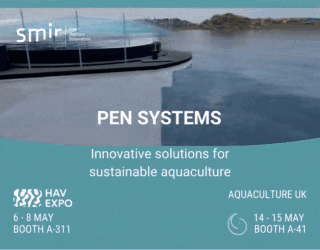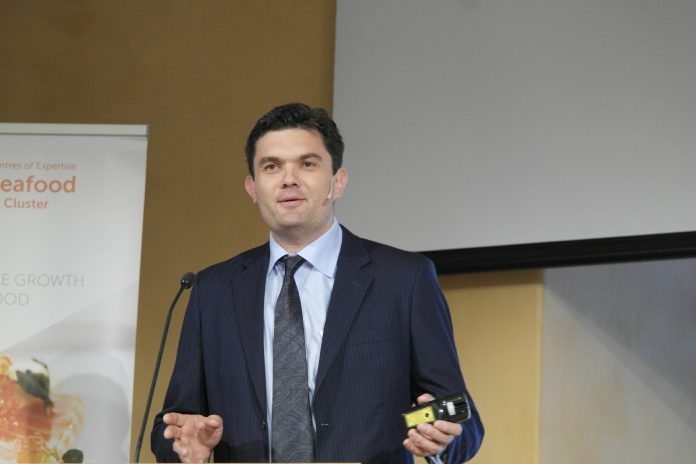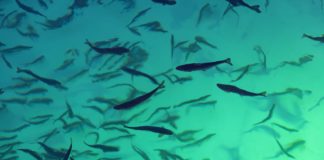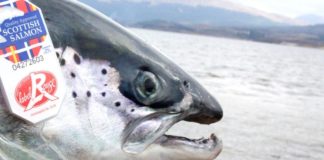“On land, we farm three species – cattle, chicken and pigs. In fish farming there are 580 different species in production,” says Dave Robb, before adding: “China produces 45 million tonnes of seafood annually. There are huge amounts. 40 percent of them produce their own homemade feed.”
Bottleneck
Robb is Sustainability Manager at Cargill Aqua Nutrition, the American grain and fodder giant, which owns the EWOS brand. Cargill transforms around 20 percent of the grain in the world, and is the world’s second largest fish feed supplier.
FAO advocates increased production of 30 million tonnes of seafood to meet global food needs over just the next ten years. Dave Robb believes the high proportion of home-grown feed for fish farming, especially in Asia, is a bottleneck to achieve these goals.
Professionalization
“How should we achieve these goals?” he asks before answering himself: “I think we must begin by offering these proper feed”
He does not hide the fact that Cargill and the other fish feed suppliers’ tailor-made feeds are significantly more expensive than the home-made versions, but at the same time offer many gains. They provide an improved feed conversion factor, enhanced food safety, and also cover the dietary requirements, including protein, minerals, vitamins, lipids and amino fatty acids.
“If we do it right, farming can be the best hope to feed the world,” he adds.









